Kawanabe Karate-Do
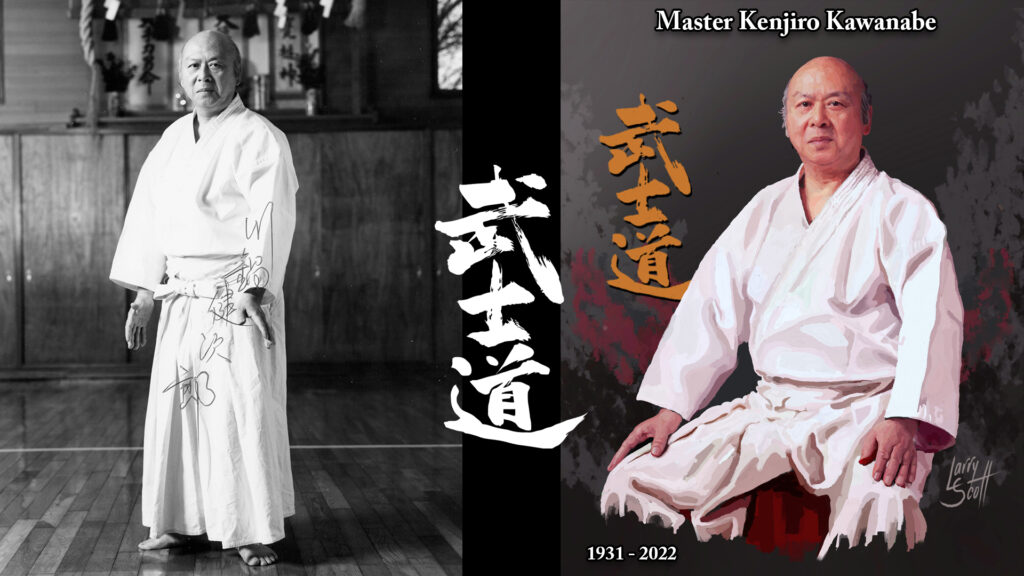
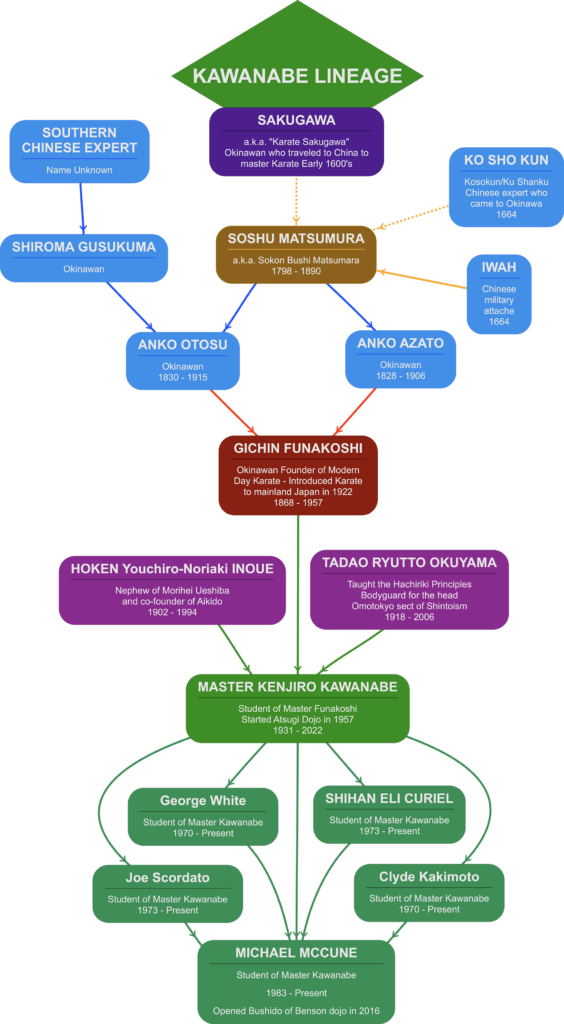
“Kawanabe Karate-do”, is a Budo Martial Art developed over many years by Master Kenjiro Kawanabe of Atsugi Japan and has its roots founded in modern-day Karate as developed by Master Gichin Funakoshi. Master Kawanabe was born in 1931 in Atsugi, Japan, and from 1950 to 1954, he studied English literature at Waseda University. During his university years, he also joined the University Karate Club, where he first met Master Funakoshi. In 1953, Kawanabe succeeded the now Master Tsutomu Oshima, the founder of Shotokan Karate in the United States as captain of the Waseda University Karate Club. Funakoshi Sensei was present in the Waseda dojo at least once every month until Master Kawanabe’s graduation in the spring of 1954. Master Funakoshi was a major influence on Kawanabe while he was at the Waseda Dojo. Kawanabe recollects Funakoshi Sensei’s gentle
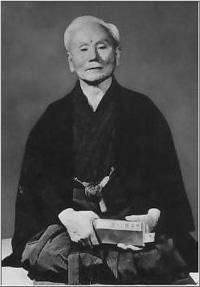
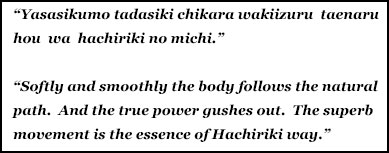
voice that used to encourage him to become the man who can be identified with Karate, as if said, “If it is Kawanabe, then it is Karate. If it is Karate, then it is Kawanabe.” In 1957, Master Kawanabe opened his first Karate Dojo in Atsugi, Japan, and will be celebrating its 50th anniversary in 2007 in Atsugi.
Kawanabe Karate-do was also strongly influenced by the study and training in the art of Jujitsu, or as it is known in Japan today as Shin’eiTaido, developed by Master Hoken Inoue, nephew of Ueshiba Morihei, the founder of Aikido. Master Kawanabe studied for about three years, between the 29th year and 32nd year of the Showa period (1954-57), under Master Inoue. From Master Inoue, Kawanabe learned where strong power came from; a combination of physical training and theory. He believes that with a continuous steady endeavor of proper training, uniting theory and application, one can produce such a wonderful power. In roughly three years of training, one will normally learn to understand the technical forms through memorized actions only. In order to utilize skills for a real situation, one has to endure reasonable practice in bujutsu and master the breathing technique to create power. Since then, his philosophy and goal of Karate-do have been the way of bujutsu, one that must be able to be applied to all, including aikido and kendo.

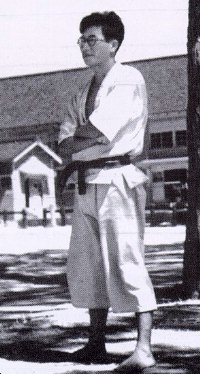
Another major influence on Master Kawanabe’s style was Sensei Tadao Okuyama. Through the study of the ken (wooden sword), Master Kawanabe learned of the Hachiriki (8 powers or forces) and incorporated the techniques into the open hand as well as with the ken. Hachiriki is described as the forces that give the universe life: movement, release, contraction, unification, calm, solidification, expansion, and division. The philosophy of training in Master Kawanabe’s early days was a physical practice and only for the body to learn without questioning. Sensei Okuyama worked as one of three instructors of scuffle technique at the Army Nakano School, a training school for the secret service agency during World War II. Sensei Okuyama, the youngest senior of the instructors, was thirteen years older than Master Kawanabe and with whom he had the deepest friendship. Okuyama Sensei announced his “Kotodama Tsurugi”(Sword of Spiritual Words), and Master Kawanabe was one of many who learned his philosophy.
Kawanabe Karate-do has its main emphasis on the development and harmonization of mind, body, and spirit through training of the breath, Hachiriki techniques, and relaxed, flexible footwork.
Kawanabe Karate-do movements become natural when performed correctly and studied over time. The practice of the Hachiriki provides a natural source of vitality and energy through the application of the principles of harmony and relaxation and avoiding brute physical force. Kawanabe Karate-do is also one of a few schools where Karate is not considered a competitive sport. Karate is taught as a martial way or art, BUDO. The efforts are directed towards developing a strong mental and physical discipline coupled with spiritual harmony, all through the practice of Karate and Hachiriki techniques. Master Kawanabe firmly believes that, even though Karate is an excellent self-defense method and a physical activity of great qualities, it is fundamentally a way towards mental and spiritual development. Kawanabe believes that the traditional budo that has roots deep in the heart of the Japanese people since ancient times must be transmitted to the younger generation in some form.
The objectives of the budo must include these conditions, and they can be summarized as follows:
- To possess a factor of self-defense with the most use of physical development trained through the specially designed practice of “Hachiriki, “creating an ideal power and movement harmonized with the breath.
- Train oneself spiritually under the study of “Do,” hopefully leading to self-enlightenment. In short, this is the idea, the spirit, and the technique of Sensei Funakoshi’s traditional Karate-do.